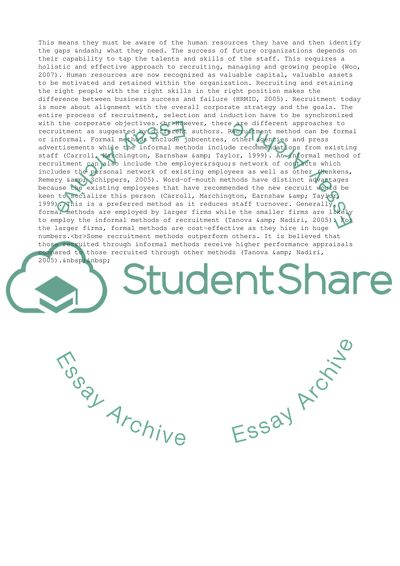Cite this document
(Recruitment Methods in Personnel Management Essay, n.d.)
Recruitment Methods in Personnel Management Essay. Retrieved from https://studentshare.org/business/1745823-people-in-organisations
Recruitment Methods in Personnel Management Essay. Retrieved from https://studentshare.org/business/1745823-people-in-organisations
(Recruitment Methods in Personnel Management Essay)
Recruitment Methods in Personnel Management Essay. https://studentshare.org/business/1745823-people-in-organisations.
Recruitment Methods in Personnel Management Essay. https://studentshare.org/business/1745823-people-in-organisations.
“Recruitment Methods in Personnel Management Essay”, n.d. https://studentshare.org/business/1745823-people-in-organisations.


